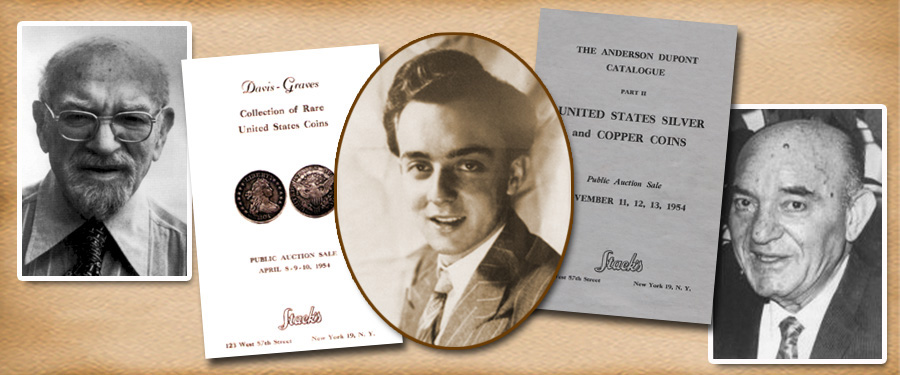
In 1979 several influential things changed numismatics, including
precious metal investments, multi-dealer auction events, the slowing of growth
in the hobby, the last release of Carson City silver dollars, and several
important collections crossing the auction block.
In the economic market one very wealthy Texas oil family tried to
corner the market on silver, as the need for silver in electronics, aviation,
and other advanced manufacturing caused its value to go up. The Hunt Family of
Texas, led by Bunker Hunt, was looking for a way to add to their already
immense wealth by cornering the market on a commodity, in this case silver.
They had bought up a large amount of silver earlier in the 1970s and stored it
in vaults in Switzerland. Then in 1979 they were big buyers again. By the end
of the year they owned huge amounts of silver, as well as silver futures and
with the price of silver rising, they were raking in the money, as well as more
silver. It was said that in 1979, the Hunt Brothers owned over
60% of
all the tradable silver in the world.
This trading by the Hunt’s had a big influence on silver coins, as the
fluctuation in value caused great speculation as the metal was either hoarded or
coins, household silver, unused candlesticks, etc., were sold at inflated
prices. It was like a wild west at coin dealers, pawn shops and local
assayers;
as the value increased, so did the price, and so did speculation.
The Hunts traded as if there was no tomorrow. Before 1979,
banks
accepted for a period the hedging done by the Hunt’s using
the silver as collateral. But then they started to call the
loans,
or not renew the contracts, causing a demand on the markets
that
the Hunt’s had to cover or sell. Within a few months of the "calls"
being made, the price of silver went from just over $10 per ounce to almost $50
per ounce. When the Hunts, who controlled such a
vast amount at high prices, couldn’t get coverage by the banks or other
speculators, the price of silver dropped back to
less than $10 per ounce. The speculation on silver by the Hunts caused the family
to go bankrupt and had a very negative effect on markets, including the coin
market.
This created a quick change in the inflationary
trends
of the overall economy, and depression like results affected all things – from
food to cars to collectibles and, of course, the general economy. The value of numismatic
items dropped as fewer of the collectors and investors
who
had stimulated the growth of numismatics had the funds to continue supporting
their hobby.
Yet, though the silver market went down and
coin prices dropped, even for gold coins, classic collectors held on to their collections and continued to seek
choice and rare items to add to cabinets. Though the market dropped considerably it did not go into a deflationary
state.





